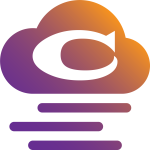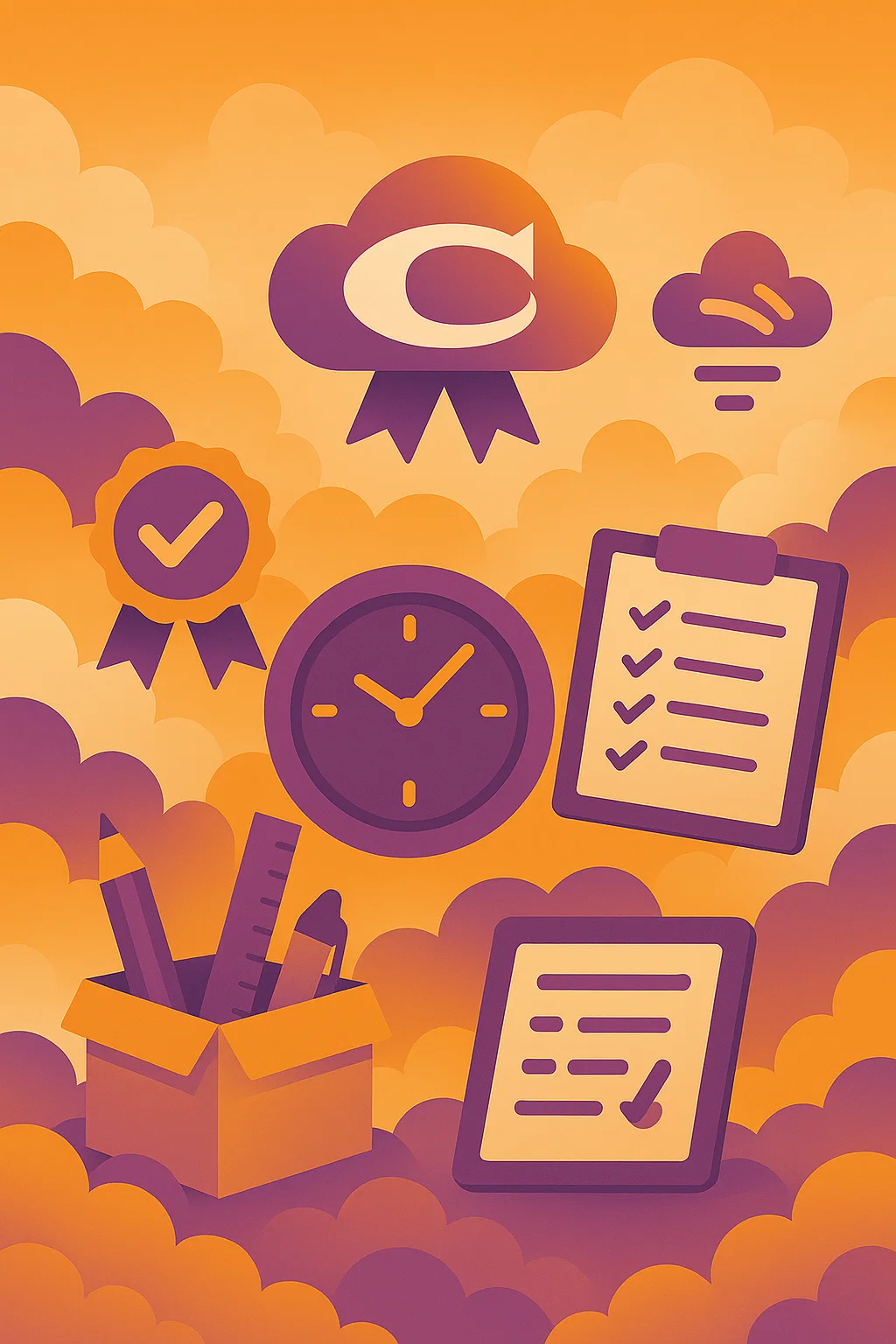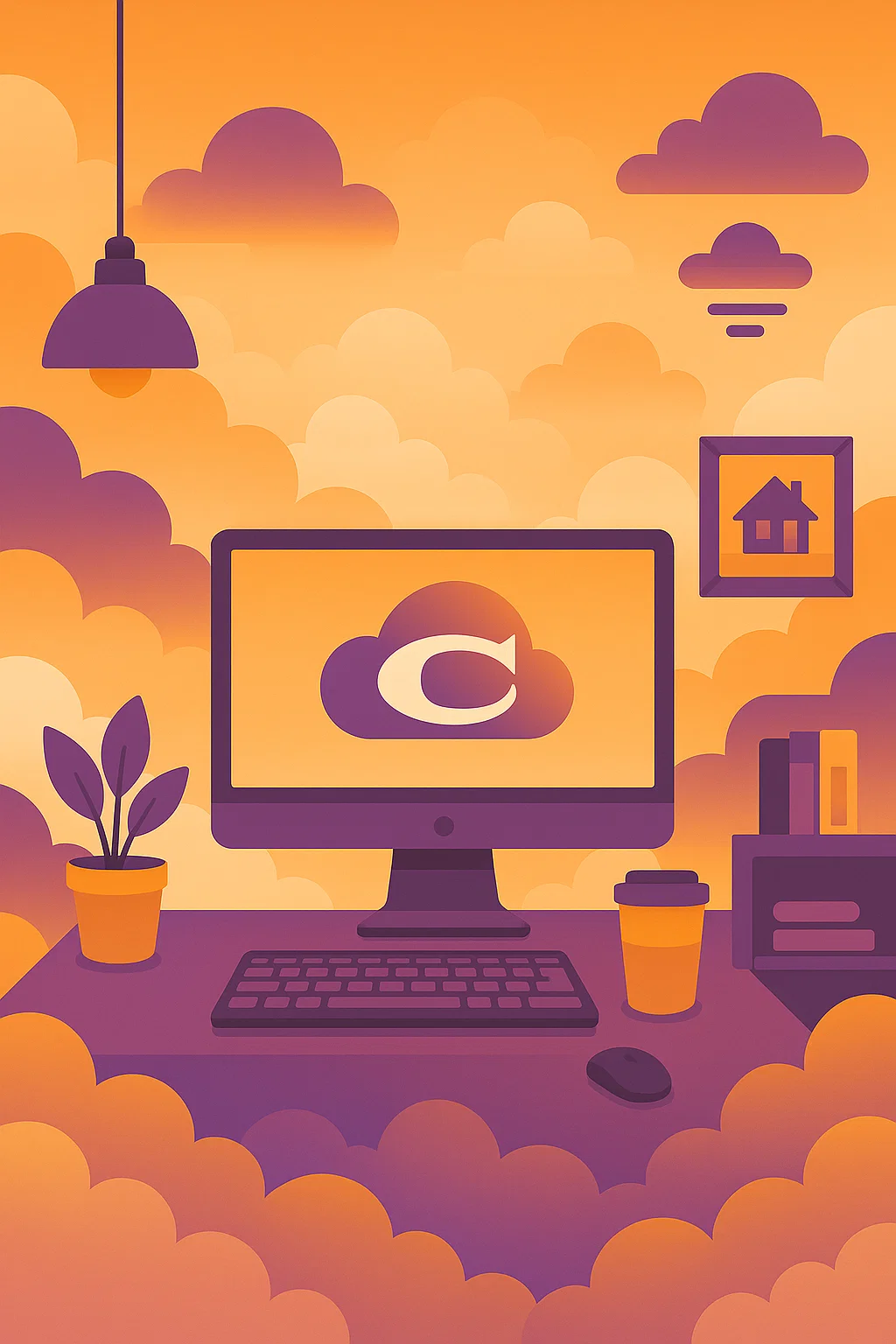Your home office is more than a desk and a chair—it’s the engine of your focus, energy, and daily success. Whether you’re new to remote work or ready to upgrade a basic setup, this guide shows you how to create a workspace that actually works for you. From beginner-friendly tips to smart gear upgrades, you’ll learn how to boost comfort, reduce distractions, and stay productive—all without breaking the bank or needing a full renovation.
What You’ll Learn
- How to set up a beginner-friendly home office in any space—even small apartments
- Which affordable tools and furniture make the biggest impact
- Smart ways to upgrade your setup as your remote career grows
- Common workspace mistakes to avoid (and quick fixes)
- How to create a layout that supports focus, comfort, and flow
Start with the Basics: Your Core Workspace
You don’t need a spare room or expensive gear to create a productive home office. The goal here is functionality: a setup that supports your body, keeps your tools within reach, and helps your brain shift into work mode. Even a small table in a quiet corner can become your remote HQ when it’s set up with intention. Start with these core essentials:
Features
A flat, clutter-free surface. Prioritize stability over size.
Use a dining chair with a cushion or upgrade to ergonomic seating.
Natural light is ideal. Add a desk lamp for late hours or dim spaces.
A stable connection is essential for video calls, file sharing, and real-time collaboration.
Comfortable, wired or wireless—whatever keeps your hands relaxed for hours.
Stay hydrated and focused by keeping your favorite drink within arm’s reach.
Upgrade for Focus: Intermediate-Level Enhancements
Once your foundational setup is in place, it’s time to think about upgrades that improve how you work—not just where you sit. These enhancements help reduce strain, increase efficiency, and create a more immersive work environment. Ideal for remote workers who are spending more time at their desks and want a setup that supports longer, more focused work sessions.
Features
Block out distractions from roommates, pets, or street noise.
Expand your screen real estate for easier multitasking and less eye strain.
Use screen filters or apps like f.lux to reduce eye fatigue during long sessions.
Support your hands and wrists with a more natural typing position.
Add flexibility and reduce sedentary fatigue by alternating between sitting and standing.
Keep all your gear powered and organized with a multi-outlet surge protector.
Pro Tip: Use a power strip with USB ports to keep your charging cables organized and your desk tidy.
Optimize Your Setup for Daily Flow
Once your physical setup is in place, it’s time to think about how your workspace supports your work style. This is where flow comes in—the ability to stay focused and energized throughout your day without constant friction or distraction. With a few simple tweaks, you can shape your space to match your routine and make productivity feel more natural.
- Set purposeful zones: Even in a single room or shared space, try to assign different areas—or even different chairs—to different activities. For example, one chair for video calls and focused work, another for reading or brainstorming. This helps your brain associate spaces with specific tasks.
- Manage cables and clutter: Loose wires, messy chargers, and visual distractions add up. Use cable clips, under-desk trays, or simple zip ties to clean things up. A tidy space creates less mental fatigue and makes you more likely to use your setup consistently.
- Use time-based tools: Structure your day with intentional work sessions. Try a physical Pomodoro timer or apps like Focus Booster to break your tasks into focused 25-minute sprints with built-in breaks.
Want more tools to streamline your workflow? Visit our Tools & Resources page for curated productivity apps and workspace accessories.
Common Mistakes to Avoid
Getting your home office right isn’t just about what you include—it’s also about what you leave out. Many remote workers (especially in the early stages) unknowingly fall into habits or setups that drain energy, reduce focus, or even cause physical discomfort. Here are some of the most common pitfalls, and how to fix them before they derail your workday.
Small fixes here can have a big impact. Keep things ergonomic, structured, and intentionally separate from your rest and leisure areas whenever possible.
Features
Tempting, but harms posture, sleep, and productivity over time.
Struggling to charge devices mid-task creates unnecessary friction. Use nearby outlets.
Without clear routines, it’s hard to mentally shift into—or out of—work mode.
Skipping rest can tank productivity. Use timers or scheduled breaks to recharge.
TVs, cluttered rooms, or high-traffic areas drain your focus. Minimize where possible.
Floating between locations makes it hard to focus. Even a small designated zone helps.
Bonus Touches to Inspire You
Once your functional workspace is up and running, it’s time to make it feel like your space. Personal touches not only boost morale—they also subtly encourage consistency and focus by making your desk a place you actually want to be. These small, affordable upgrades go beyond aesthetics; they support mental clarity, motivation, and even creative problem-solving.
- Greenery for calm and focus: A low-maintenance plant like a pothos, snake plant, or succulent can improve air quality and reduce stress. Bonus: greenery has been linked to improved memory retention and creativity.
- Use calming color schemes: Soft blues and greens help reduce fatigue, while neutral tones minimize visual distractions. Try a colored mousepad, artwork, or even LED backlighting to set the mood.
- Inspiration at a glance: Frame a motivational quote, display your long-term goals, or create a small vision board. These serve as subtle reminders of your purpose throughout the workday.
- Intermediate upgrade – ambient lighting: Add a soft LED light strip behind your monitor or under your desk for a cozy, studio-like feel. Dimmable lamps or smart bulbs can shift your workspace mood from day to evening.
- Intermediate upgrade – scent triggers: Try a diffuser with essential oils like peppermint (alertness) or lavender (calm) to cue your brain into “work mode.”
FAQ: Set Up Your Remote Office
Final Thoughts
Remember, your home office doesn’t need to look like a Pinterest board or cost a fortune. What matters most is that it supports your goals, your health, and your daily flow. Start with the essentials, build consistency, and then add enhancements that reflect how you work best.
Whether you’re setting up your first workspace or refining your setup after a year of remote work, small intentional upgrades can create a big impact. And you don’t have to figure it all out alone.
📌 Next up: Explore our Work-from-Anywhere Tools & Resources for hand-picked apps and accessories that streamline your day, or revisit the Beginner’s Guide to Remote Work for more foundational strategies.
💬 Have a question about your setup? Drop us a message or comment on our next article—we’re building this remote success roadmap together.
- Get a Remote Job – No Experience Needed
- Async vs real-time remote
- ATS Keyword Strategy
- Top Soft Skills for Remote Jobs
- Office vs Remote Job Skills | What Really Changes
- What Remote Recruiters Look For
- Remote Resume Revamp | How to Tailor Your Resume for Remote Roles
- Top Remote Jobs That Pay Well in 2025
- How to Work Remotely While Traveling (Digital Nomad Edition)



